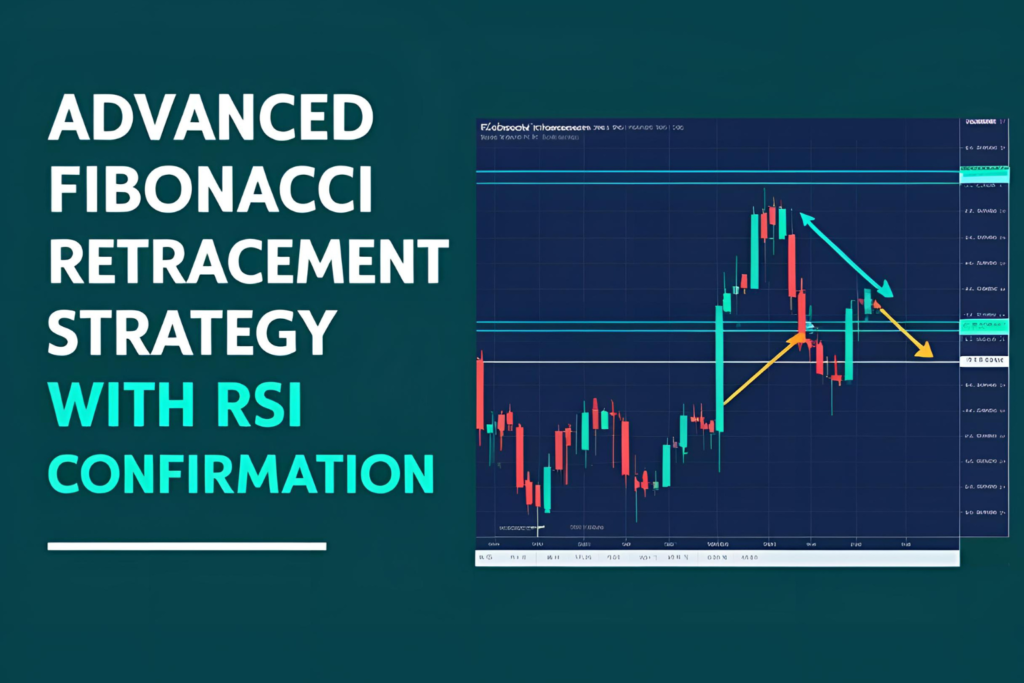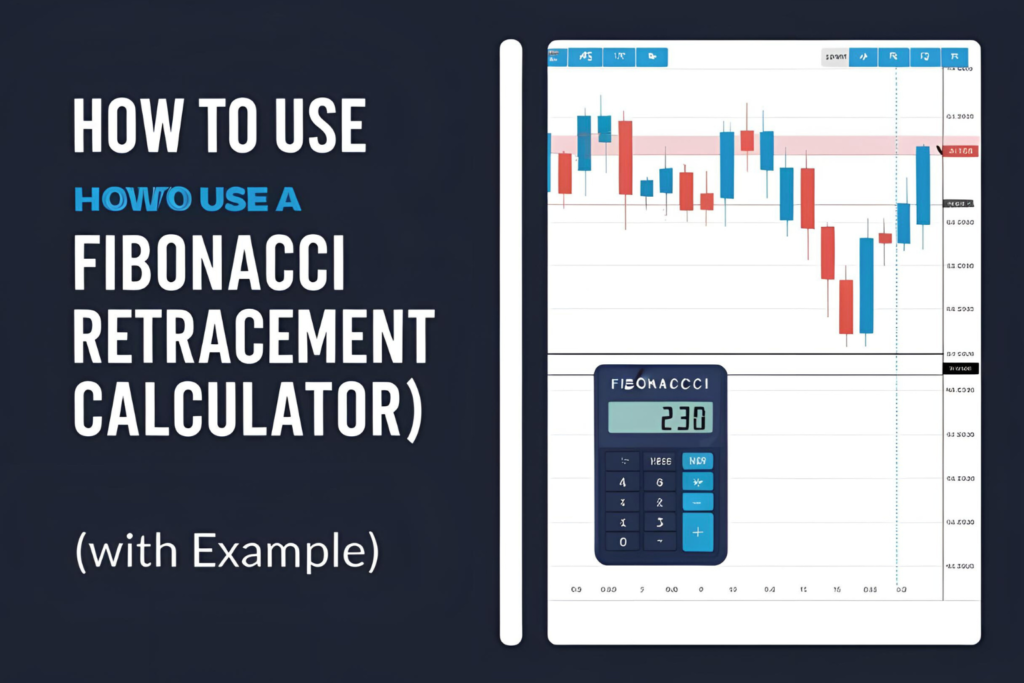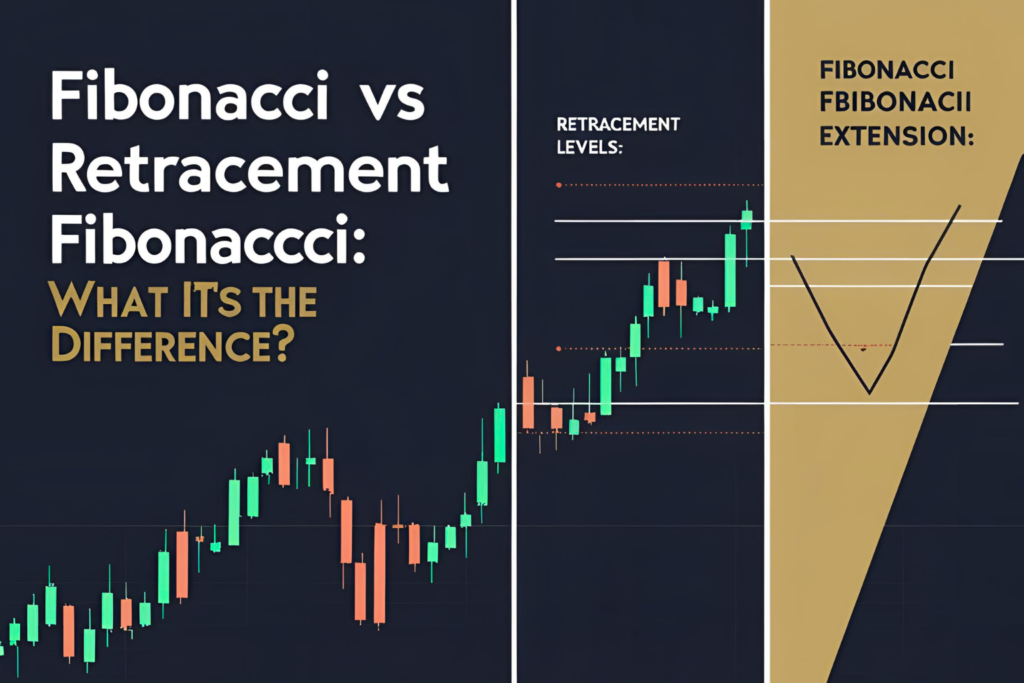New to trading and unsure where to enter or exit a trade? The Fibonacci retracement strategy for beginners offers a simple yet powerful approach to identifying high-probability price zones. It’s easy to use and works well across stocks, forex, crypto, and indices.
In this beginner-friendly guide, you’ll learn how to trade using just Fibonacci levels, basic candlestick patterns, and smart risk management.
Why Use Fibonacci for Trading?
Fibonacci retracement levels help traders:
- Spot potential pullback zones in trending markets
- Set logical stop-loss and take-profit points
- Trade with structure instead of guessing
The method is based on mathematical ratios that reflect natural rhythm in market movements.
✅ Step-by-Step Fibonacci Strategy for Beginners
1. Identify the Trend
Look for a clear uptrend or downtrend. You need a recent swing high and swing low.
2. Draw the Fibonacci Retracement
- In an uptrend: drag from swing low to swing high
- In a downtrend: drag from swing high to swing low
This plots key levels: 38.2%, 50%, 61.8%, and 78.6%.
3. Wait for Price to Retrace
Let the price pull back into one of the major levels (commonly 38.2% or 61.8%).
4. Look for Entry Signal
Use basic candlestick confirmation:
- Hammer
- Engulfing pattern
- Pin bar
- Doji
Enter when price shows a rejection candle at or near a key Fibonacci level.
5. Set Stop-Loss and Target
- Stop-loss: Just below the Fib level (for longs) or above (for shorts)
- Take-profit: At recent high/low or use Fibonacci extension levels like 127.2%
Example Trade
- Trend: Uptrend from $100 to $150
- Retracement to 61.8% = $119.10
- Bullish engulfing pattern appears
- Entry: $120
- Stop-loss: $117
- Target: $145
This simple setup balances risk and reward using clear, rule-based logic.
Bonus Tips for Beginners
- Avoid using Fibonacci in choppy or sideways markets
- Stick to 1H, 4H, or daily charts for better signals
- Combine with RSI or volume for extra confirmation
- Always risk a small % of your trading capital
Final Thoughts
This Fibonacci retracement strategy for beginners is one of the easiest ways to start trading with structure. You don’t need complex indicators—just identify trends, draw retracements, and wait for the price to react.
Practice on demo accounts before going live, and remember: the best trades come from confirmation, not prediction.
✅ FAQs
1. What is the best Fibonacci level for entries?
The 61.8% level is commonly used, followed by 38.2% and 50%.
2. Can I use this strategy for forex or crypto?
Yes, it works across all markets and timeframes.
3. Should I enter as soon as price touches the Fib level?
No. Always wait for a confirmation candle or signal.
4. Does this strategy work on lower timeframes?
It can, but beginners should start with higher timeframes for better reliability.
5. What’s a good reward-to-risk ratio?
Aim for at least 1:2, meaning your profit should be twice your risk.



